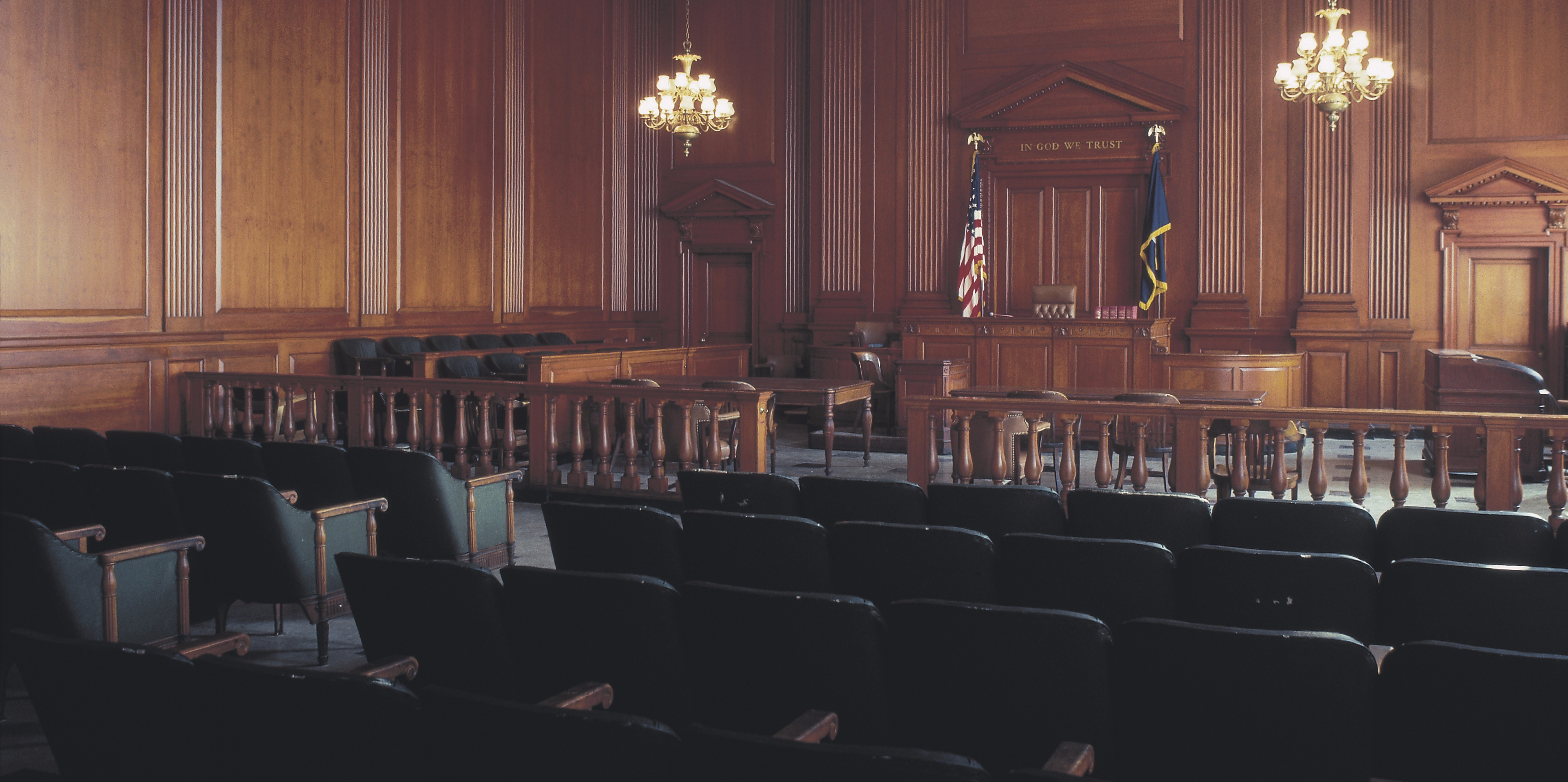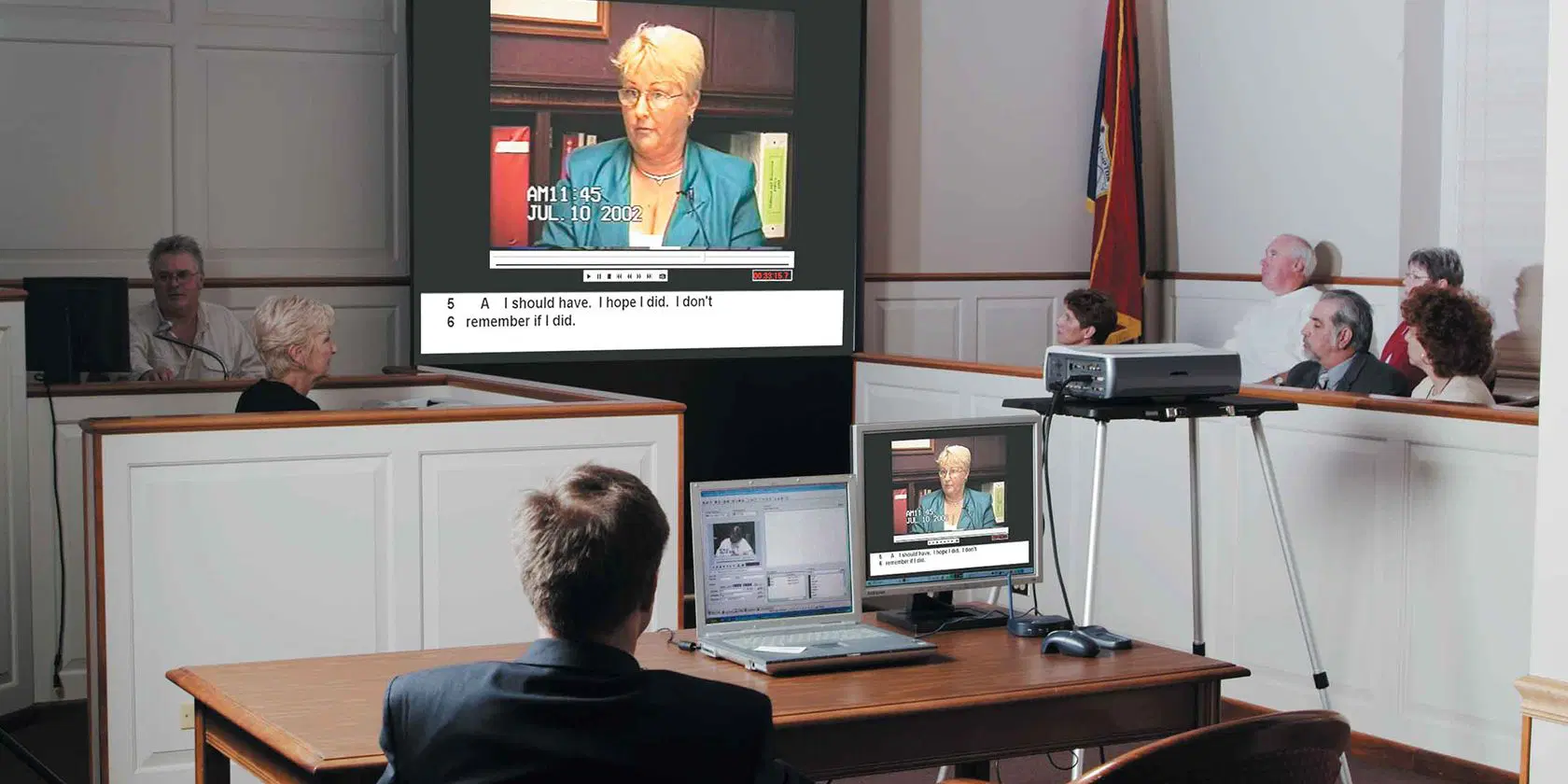Captivate the Jury: Crucial Aspects of a Powerful Test Discussion
In the realm of legal campaigning for, the capacity to captivate a jury is vital to the end result of a trial (trial presentation). Vital components such as recognizing the audience, crafting a compelling narrative, and grasping spoken and non-verbal interaction are critical components of an effective presentation. Furthermore, the critical use aesthetic help can significantly improve understanding and retention of crucial debates. As these variables link, they create a natural approach that not just educates yet additionally involves jurors on several degrees. What details techniques can truly change a basic presentation right into a remarkable experience for the jury?

Recognizing Your Audience
Recognizing your audience is a crucial element of effective trial discussion. A successful discussion depends upon the capability to grasp the demographics, values, and proneness of jurors. This comprehension educates how disagreements are mounted, evidence is provided, and sob stories are crafted, making sure that the message resonates with the jurors on a personal degree.
Study shows that jurors come from varied histories and might have differing degrees of recognizing regarding legal proceedings. Additionally, understanding the jurors' potential biases and life experiences enables the test speaker to expect objections and address worries proactively.
Effective test presentation additionally includes observing jurors' reactions throughout the procedures. Involving with jurors as people rather than a cumulative unit is crucial in promoting a strong link in the courtroom.

Crafting a Compelling Story
Crafting an engaging narrative is essential in leading jurors with the complexities of an instance. A well-structured narrative not only streamlines elaborate lawful ideas but additionally involves jurors on an emotional degree, making the information extra relatable and unforgettable.
This message ought to reverberate with the jurors' worths and experiences, cultivating a connection that transcends plain truths. This chronological technique can aid jurors comply with the development of events, emphasizing cause and result.
Incorporating human aspects-- such as individual tales or anecdotes-- can even more boost the story's impact. These elements evoke compassion, permitting jurors to visualize the consequences of the situation on realities. In addition, employing a constant style throughout the discussion enhances the major debate, making it simpler for jurors to keep crucial points.
Inevitably, an engaging story changes a test discussion from a plain address of realities right into a persuasive tale that captivates the court, urging them to mull over with both factor and feeling.
Making Use Of Aesthetic Help
Including aesthetic aids into a test discussion can considerably enhance jurors' understanding and retention of details. Visual materials such as graphes, representations, photos, and videos can change complicated legal principles and evidence into conveniently digestible formats. By involving several senses, these help allow jurors to visualize Recommended Reading the instance's essential components, making it much easier for them to comply with along and grasp complex details.
In addition, properly designed visual help can emphasize essential points and emphasize connections in between different items of evidence. For example, timelines can efficiently highlight the sequence of occasions, while annotated images can clear up specific details pertinent to the situation. This not just help in understanding but likewise reinforces the narrative provided by the lawyer.
Overly complex or cluttered visuals may overwhelm jurors and detract from the message. Ultimately, effective visual communication can be a powerful tool in encouraging jurors and helping them get to educated verdicts.
Understanding Verbal Interaction
Reliable spoken interaction is vital in a test presentation, as it acts as the primary means through which lawyers share their debates and attach with jurors. Grasping this skill involves clarity, persuasion, and involvement. Lawyers need to verbalize their points clearly and briefly, staying clear of legal jargon that might perplex jurors. Simplicity in language fosters understanding and aids jurors realize intricate problems presented throughout the test.
Moreover, tone and pacing substantially impact exactly how messages are received. A positive article tone conveys authority, while ideal pacing allows jurors to take in info without really feeling overwhelmed. Attorneys need to likewise differ their vocal inflections to highlight essential points and keep jurors' interest throughout the discussion.
Additionally, the company of spoken arguments is crucial. Structuring the narrative rationally and coherently helps jurors adhere to the attorney's line of reasoning, making it less complicated for them to keep important information. Utilizing influential techniques, such as storytelling, can likewise boost the psychological resonance of the disagreements offered, thereby creating a much more extensive link with jurors.
Inevitably, mastering verbal communication not just reinforces a lawyer's instance but likewise promotes count on and connection with the court, dramatically boosting the chances of a beneficial decision.

Engaging With Body Language
Nonverbal communication plays a crucial duty in test presentations, typically sharing messages that words alone can not express. Body language, including gestures, pose, face expressions, and eye call, significantly influences exactly how jurors view the credibility and sincerity of the presenter. A confident stance, with shoulders back and an open position, can impart depend on, while closed-off body movement may suggest defensiveness or uncertainty.

Facial expressions ought to reflect the emotions associated with the case, reinforcing the narrative being offered. A sincere expression throughout a poignant moment can evoke compassion and enhance the psychological appeal. Eventually, grasping body movement is important for effective trial discussions, as it enhances verbal communication and develops an engaging visibility that reverberates with the jury.
Final Thought
To conclude, captivating the jury demands a strategic strategy that encompasses comprehending the audience, crafting an engaging story, making use of visual help, mastering verbal communication, and engaging via body language. Each component plays a vital duty in developing a powerful test presentation that resonates with jurors on both psychological and intellectual degrees (trial presentation). By incorporating these components effectively, legal professionals can significantly boost their click for source capability to encourage and affect jury decision-making
Comments on “Trial Presentation Comprehensive Tools for Persuasive Legal Advocacy”